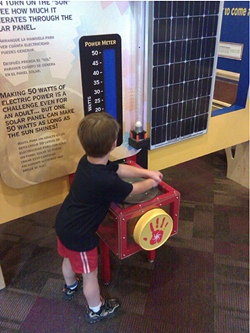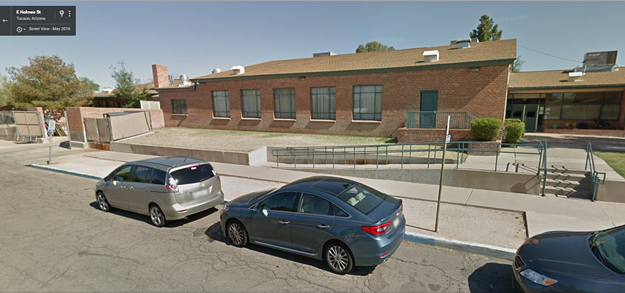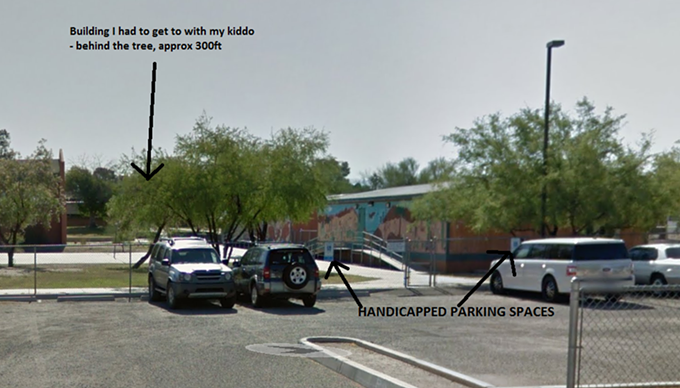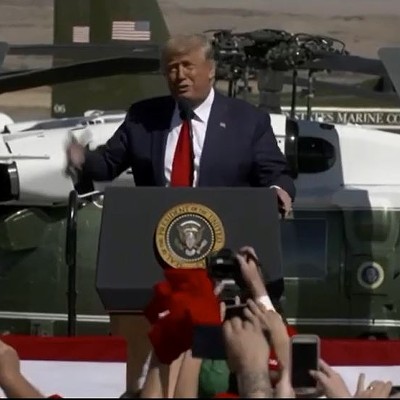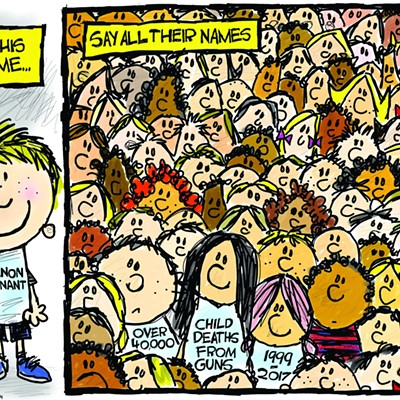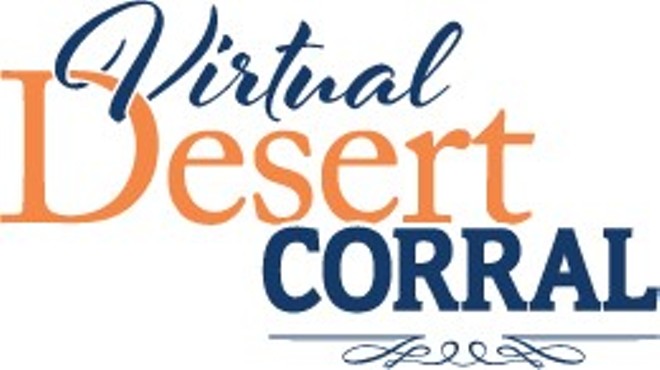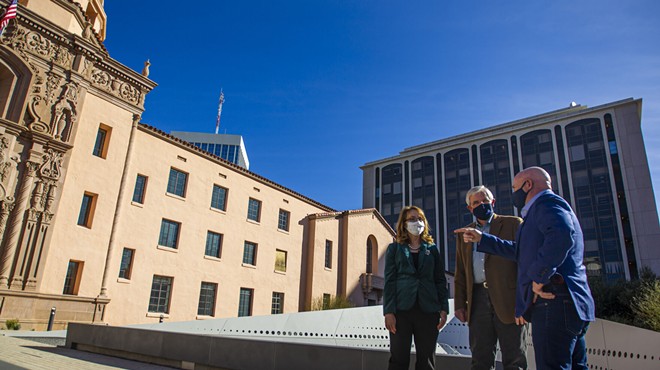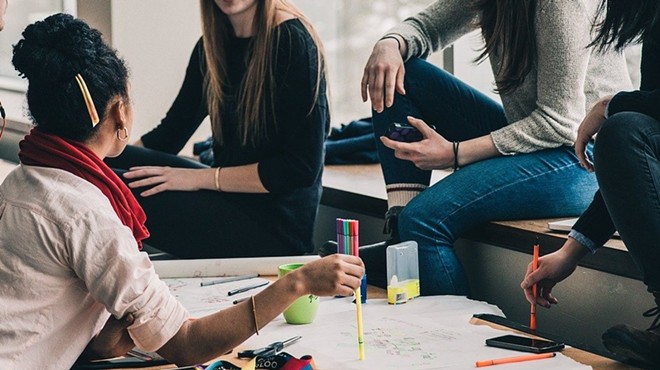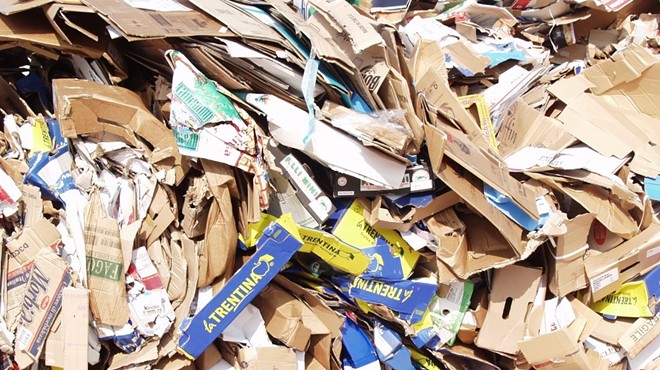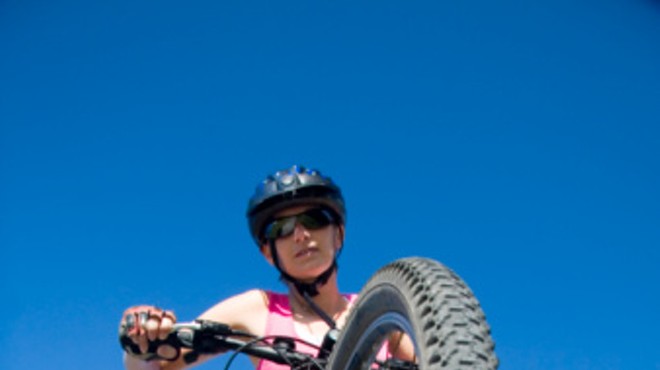Friday, August 5, 2016
Tucson and Its Not-So-Accessible Public Spaces
You know, one of my favorite memories of growing up here in Tucson is strolling up and down 4th Avenue on the weekends, and following the underpass into downtown. There were so many places I could explore. Bentley's, Cafe Quebec, the back room of the Chicago Store—they were amazing times. Everything was accessible to me, and I took full advantage of it. Today, not so much.
Well, let me correct that. Everything is still accessible to me; however, everything is not accessible to my daughter who uses a wheelchair as her main source of transportation. Therefore my statement stands true—not so much. It never dawned on me how much Tucson excludes those who use mobility aids until I took my daughter to the Tucson Children's Museum.
We tried to interact with some of the exhibits they had, specifically, the one where you spin a wheel mounted to the exhibit and made electricity. A typical and perfect example of cause and effect, right? Wrong. My daughter's wheelchair couldn't get close enough to grab the handle and spin the wheel because of the box it was mounted on. Only a slight problem, but not unfixable. I took her out of her wheelchair, propped her up on my knee, and we tried again. However, because my daughter's cerebral palsy greatly affects her motor skills she couldn't maintain a grip on the handle and therefore couldn't spin the wheel that created the electricity.
Womp woooommmmppp. Game over. NO ELECTRICITY FOR YOU!
Now, there is an easy fix here, but it requires thinking outside the box. The easy fix might be having something she could stand on (with my assistance) that would simulate the transfer of energy (weight) from her body to the exhibit, and that would stimulate electricity. When I put her back in her chair, the electricity goes out. Same concept of cause and effect, and the transfer of energy to create electricity. Bada Bing Bada Boom and the kid is happy.
Sadly, that is not an offered alternative. Now, some of you might say, well she could have put her hand on the giant "hand" picture, and interacted that way. To you, I say, perhaps. Perhaps she could have, but that would mean moving her far enough from the exhibit so that she could bend over in her wheelchair and maneuver her body in such a way that she could get her hand on it, and not fall out of her chair. And still breathe.
Sounds like a lot for a small child? It is. And it shouldn't have to be. I mean, it is the Children's Museum, which leads one to believe it's open to ALL children, not just able-bodied children, right? Now, before you give me the most wicked side eye in all of side eye history for pointing out a disparity at our beloved Children's Museum, I'm not saying they are the devil.
To our benefit, there are some exhibits that she can interact with, and always has fun with. She always has a blast chasing bugs in Techtopia, picking the giant nose in Bodyology and grocery shopping, where she gets all the things. Literally: She tries to put everything in her little shopping cart. So while this doesn't necessarily make up for the lack of adaptive scissors and art utensil aids in the Imaginarium (art is her favorite thing EVER), it does still allow her to have some fun.
I am simply saying they need to think more often about the kids who interact with the world around them a little differently.
There was also the time I had to drop my daughter off at Howell Elementary, a TUSD school, in the pouring rain. Here is a picture of the front of Howell Elementary taken from Google Earth Street View. You can see the blue curb indicating that specific area is designated for vehicles holding handicapped plates and placards. You can also see where the ramp is located to access the building, where the curbside access is to access the ramp, and the area between the curb, and the sidewalk/ramp.
Upon first glance, it is completely unassuming: Tucson's famous sand/dirt concoction. However, if it's pouring rain that sand/dirt concoction is now mud, and you obviously can't maneuver a wheelchair through it. The ramp is still accessible, but now you and your child are soaking wet, because you've had to walk down to the curbside access, and then back up to the ramp.
Or better yet, imagine that all the spaces along the blue curb are taken, and you call the office inside the school to ask if there is an alternate entrance you can use. You are told to drive around to the back of the school where there is additional handicapped parking. You park and walk your child the 300 feet or so to the back entrance of the school, only to find that it is locked. You call the office yet again, and after a short wait someone finally comes and opens the door for you and your child. You are both cold. You are both wet. And you, the parent, are fuming.
This very thing happened to me on numerous occasions while my daughter attended pre-kindergarten there in 2013-14 school year.
It's fairly ridiculous, don't you think? Tucson and the world at large are less than accessible for our citizens with special needs, and I never noticed it until my child needed to access her world. Playgrounds should be for all kids, but if you can't maneuver a wheelchair, or crutches, or even an uneasy gait through sand or woodchips, are all kids getting a chance to play? Should someone be forced to ask for help from a stranger just to use the restroom? Should parent's have to place their children on the floors of public bathrooms because they are not equipped with adult changing tables? Should a mom have to circle a parking lot for 10 minutes looking for a space large enough to not only fit her van but also allow her the space to lower her wheelchair ramp, only because a "car" has parked in the "van accessible" parking space?
The list goes on and on folks, and I promise you I'm not trying to be Princess Complains-A-lot. I am, however, trying to get you to take a look at the city around you and see if it is truly accessible to all of our residents, or just some.
Does your neighborhood have sidewalks? If not, how easy is it for an individual using a wheelchair to navigate? If your neighborhood does have sidewalks, are they in good condition? If not, you might find individuals in wheelchairs utilizing the bike lane to make their way. I don't think I need to tell you how incredibly dangerous that is.
Does your apartment complex pool have a wheelchair lift? Tucson summers are brutal, and we all enjoy a dip in the pool—even those of us that utilize mobility aids. How about your favorite business: Is it fully accessible to all of Tucson's shoppers? Are prices listed with braille as an option? Does your favorite restaurant carry menus in braille? This may sound utterly silly to you, but there are many visually impaired individuals that live independently and rely on braille. Should they be left out because we haven't thought about them as contributing members of our community and economy?
Trust me folks. I am having epiphany after epiphany even as I write this because there is just so much that I've never thought about (read: taken for granted) as an able-bodied individual. I'm going to continue revisiting this subject to see what can be done to make our little town as independently accessible as possible.
I love this town. I want my daughter to be able to enjoy it as much as I do. I want her to fall in love with Tucson the way I have. And I want Tucson to make itself accessible to every last dream, whim, and fancy that she has—just like it has done for me, and for you.
Well, let me correct that. Everything is still accessible to me; however, everything is not accessible to my daughter who uses a wheelchair as her main source of transportation. Therefore my statement stands true—not so much. It never dawned on me how much Tucson excludes those who use mobility aids until I took my daughter to the Tucson Children's Museum.
We tried to interact with some of the exhibits they had, specifically, the one where you spin a wheel mounted to the exhibit and made electricity. A typical and perfect example of cause and effect, right? Wrong. My daughter's wheelchair couldn't get close enough to grab the handle and spin the wheel because of the box it was mounted on. Only a slight problem, but not unfixable. I took her out of her wheelchair, propped her up on my knee, and we tried again. However, because my daughter's cerebral palsy greatly affects her motor skills she couldn't maintain a grip on the handle and therefore couldn't spin the wheel that created the electricity.
Womp woooommmmppp. Game over. NO ELECTRICITY FOR YOU!
Now, there is an easy fix here, but it requires thinking outside the box. The easy fix might be having something she could stand on (with my assistance) that would simulate the transfer of energy (weight) from her body to the exhibit, and that would stimulate electricity. When I put her back in her chair, the electricity goes out. Same concept of cause and effect, and the transfer of energy to create electricity. Bada Bing Bada Boom and the kid is happy.
Sadly, that is not an offered alternative. Now, some of you might say, well she could have put her hand on the giant "hand" picture, and interacted that way. To you, I say, perhaps. Perhaps she could have, but that would mean moving her far enough from the exhibit so that she could bend over in her wheelchair and maneuver her body in such a way that she could get her hand on it, and not fall out of her chair. And still breathe.
Sounds like a lot for a small child? It is. And it shouldn't have to be. I mean, it is the Children's Museum, which leads one to believe it's open to ALL children, not just able-bodied children, right? Now, before you give me the most wicked side eye in all of side eye history for pointing out a disparity at our beloved Children's Museum, I'm not saying they are the devil.
To our benefit, there are some exhibits that she can interact with, and always has fun with. She always has a blast chasing bugs in Techtopia, picking the giant nose in Bodyology and grocery shopping, where she gets all the things. Literally: She tries to put everything in her little shopping cart. So while this doesn't necessarily make up for the lack of adaptive scissors and art utensil aids in the Imaginarium (art is her favorite thing EVER), it does still allow her to have some fun.
I am simply saying they need to think more often about the kids who interact with the world around them a little differently.
There was also the time I had to drop my daughter off at Howell Elementary, a TUSD school, in the pouring rain. Here is a picture of the front of Howell Elementary taken from Google Earth Street View. You can see the blue curb indicating that specific area is designated for vehicles holding handicapped plates and placards. You can also see where the ramp is located to access the building, where the curbside access is to access the ramp, and the area between the curb, and the sidewalk/ramp.
Upon first glance, it is completely unassuming: Tucson's famous sand/dirt concoction. However, if it's pouring rain that sand/dirt concoction is now mud, and you obviously can't maneuver a wheelchair through it. The ramp is still accessible, but now you and your child are soaking wet, because you've had to walk down to the curbside access, and then back up to the ramp.
Or better yet, imagine that all the spaces along the blue curb are taken, and you call the office inside the school to ask if there is an alternate entrance you can use. You are told to drive around to the back of the school where there is additional handicapped parking. You park and walk your child the 300 feet or so to the back entrance of the school, only to find that it is locked. You call the office yet again, and after a short wait someone finally comes and opens the door for you and your child. You are both cold. You are both wet. And you, the parent, are fuming.
This very thing happened to me on numerous occasions while my daughter attended pre-kindergarten there in 2013-14 school year.
It's fairly ridiculous, don't you think? Tucson and the world at large are less than accessible for our citizens with special needs, and I never noticed it until my child needed to access her world. Playgrounds should be for all kids, but if you can't maneuver a wheelchair, or crutches, or even an uneasy gait through sand or woodchips, are all kids getting a chance to play? Should someone be forced to ask for help from a stranger just to use the restroom? Should parent's have to place their children on the floors of public bathrooms because they are not equipped with adult changing tables? Should a mom have to circle a parking lot for 10 minutes looking for a space large enough to not only fit her van but also allow her the space to lower her wheelchair ramp, only because a "car" has parked in the "van accessible" parking space?
The list goes on and on folks, and I promise you I'm not trying to be Princess Complains-A-lot. I am, however, trying to get you to take a look at the city around you and see if it is truly accessible to all of our residents, or just some.
Does your neighborhood have sidewalks? If not, how easy is it for an individual using a wheelchair to navigate? If your neighborhood does have sidewalks, are they in good condition? If not, you might find individuals in wheelchairs utilizing the bike lane to make their way. I don't think I need to tell you how incredibly dangerous that is.
Does your apartment complex pool have a wheelchair lift? Tucson summers are brutal, and we all enjoy a dip in the pool—even those of us that utilize mobility aids. How about your favorite business: Is it fully accessible to all of Tucson's shoppers? Are prices listed with braille as an option? Does your favorite restaurant carry menus in braille? This may sound utterly silly to you, but there are many visually impaired individuals that live independently and rely on braille. Should they be left out because we haven't thought about them as contributing members of our community and economy?
Trust me folks. I am having epiphany after epiphany even as I write this because there is just so much that I've never thought about (read: taken for granted) as an able-bodied individual. I'm going to continue revisiting this subject to see what can be done to make our little town as independently accessible as possible.
I love this town. I want my daughter to be able to enjoy it as much as I do. I want her to fall in love with Tucson the way I have. And I want Tucson to make itself accessible to every last dream, whim, and fancy that she has—just like it has done for me, and for you.
Tags: special needs , tucson , handicapped , accessibility , wheelchair. disability , disabled residents , children , city codes , Image


